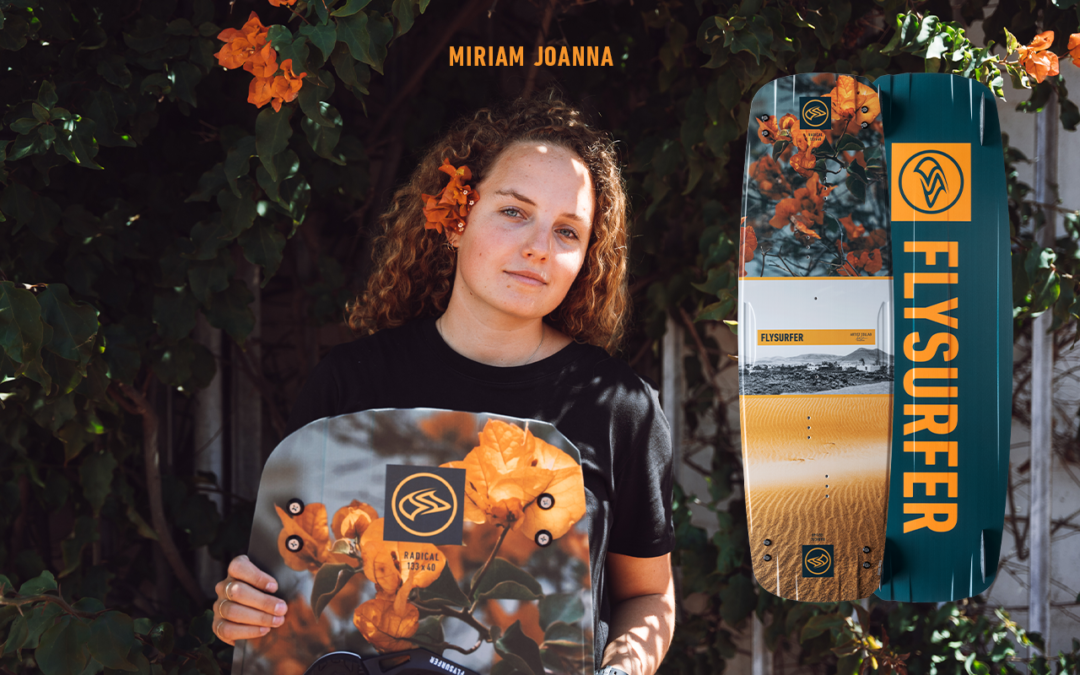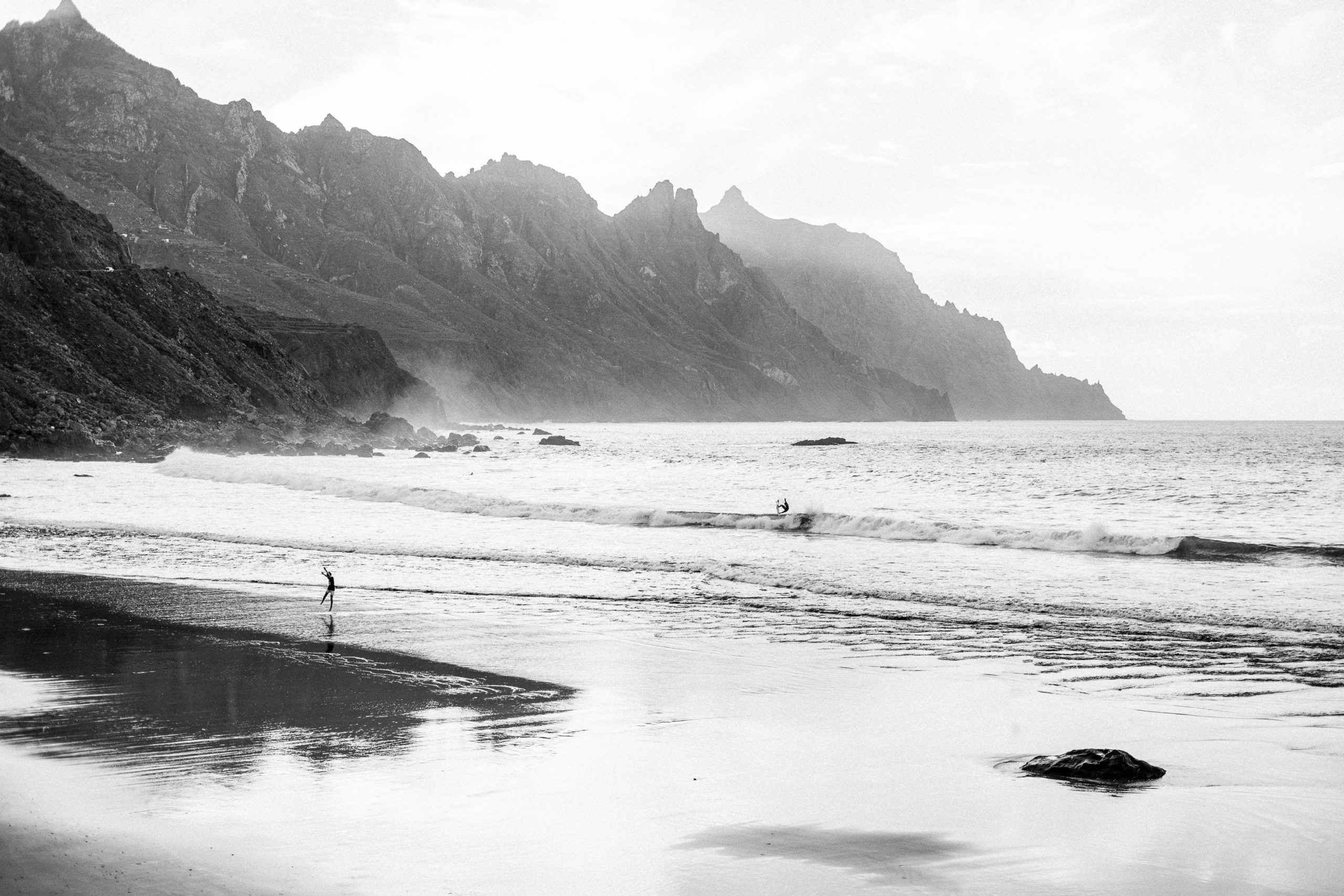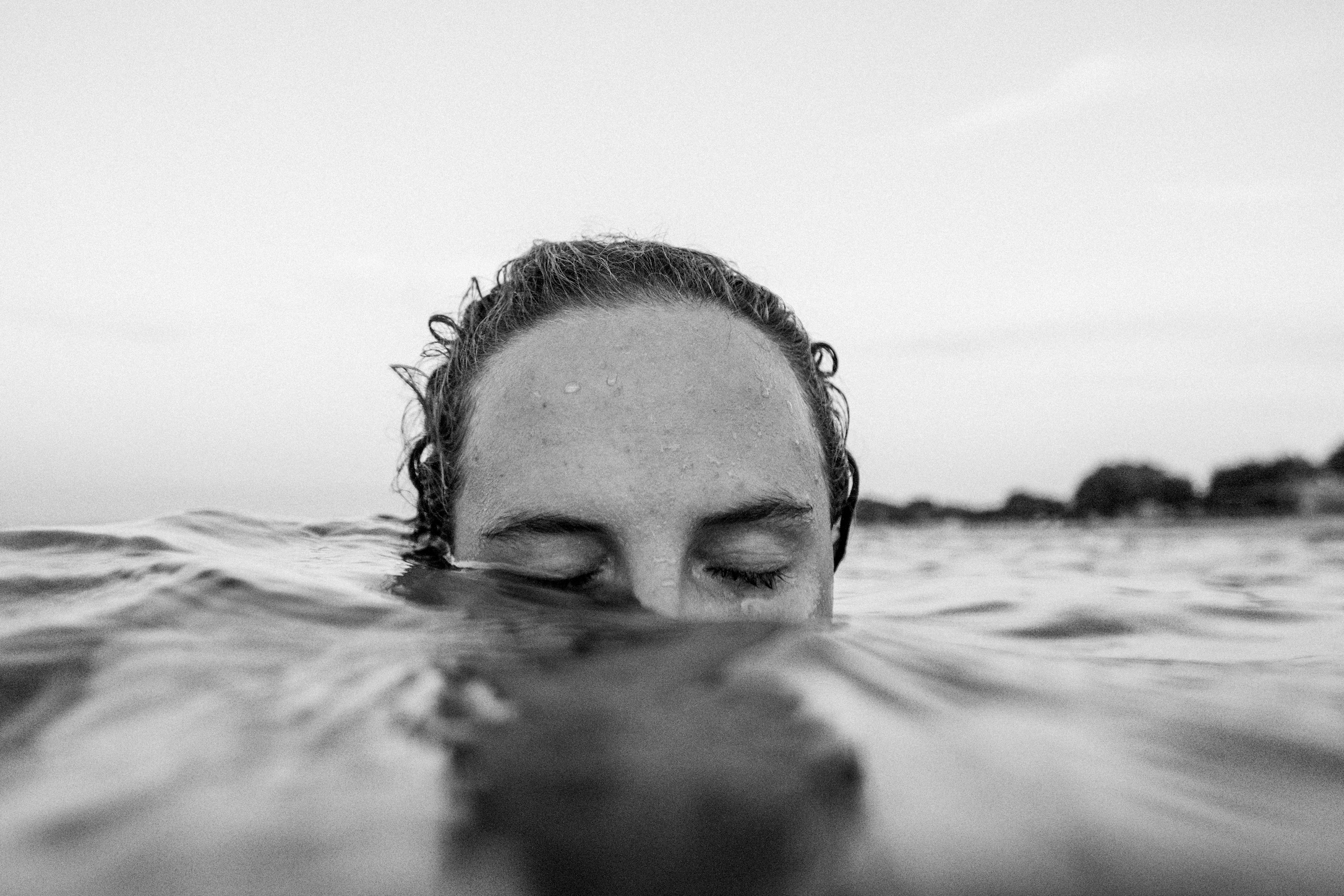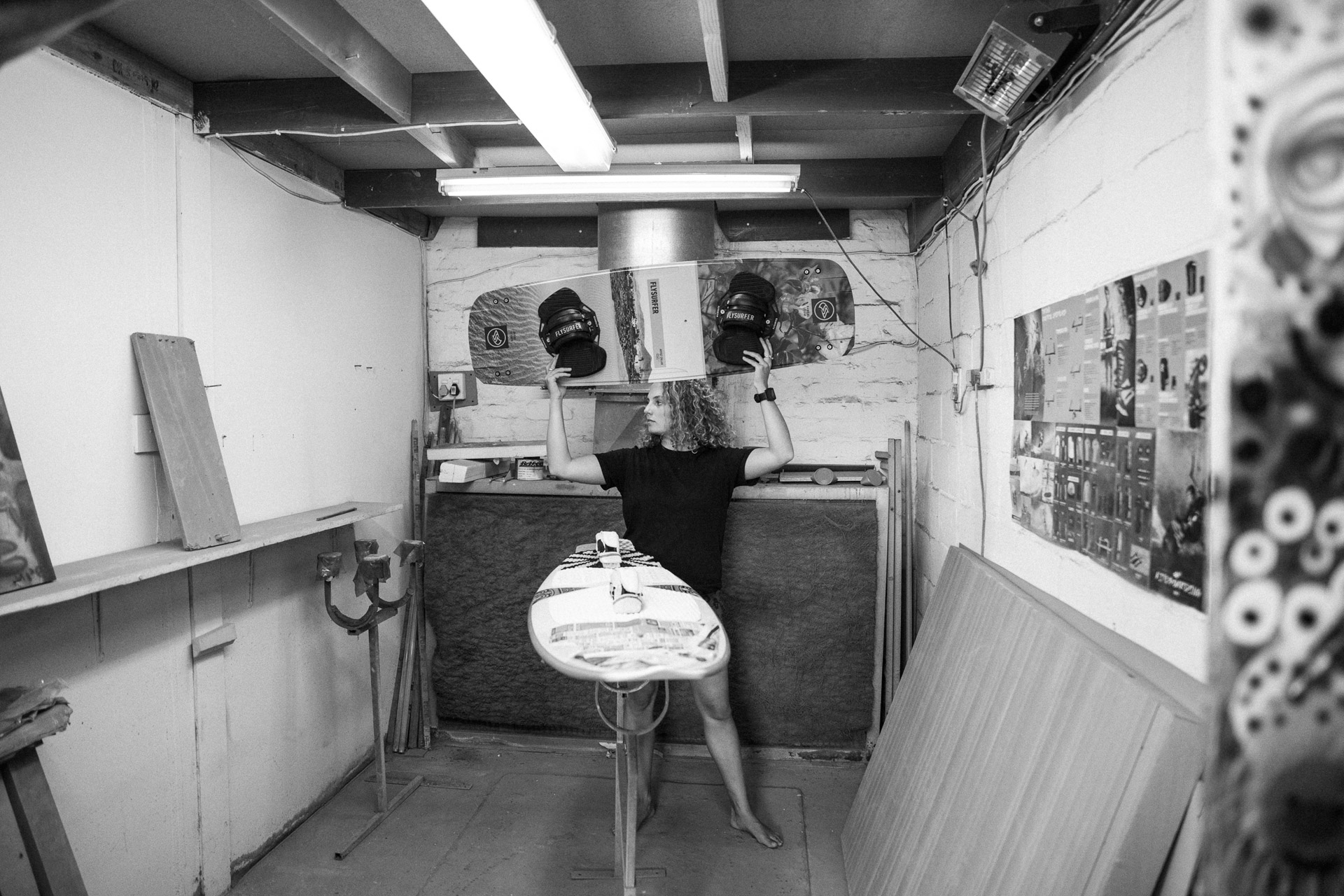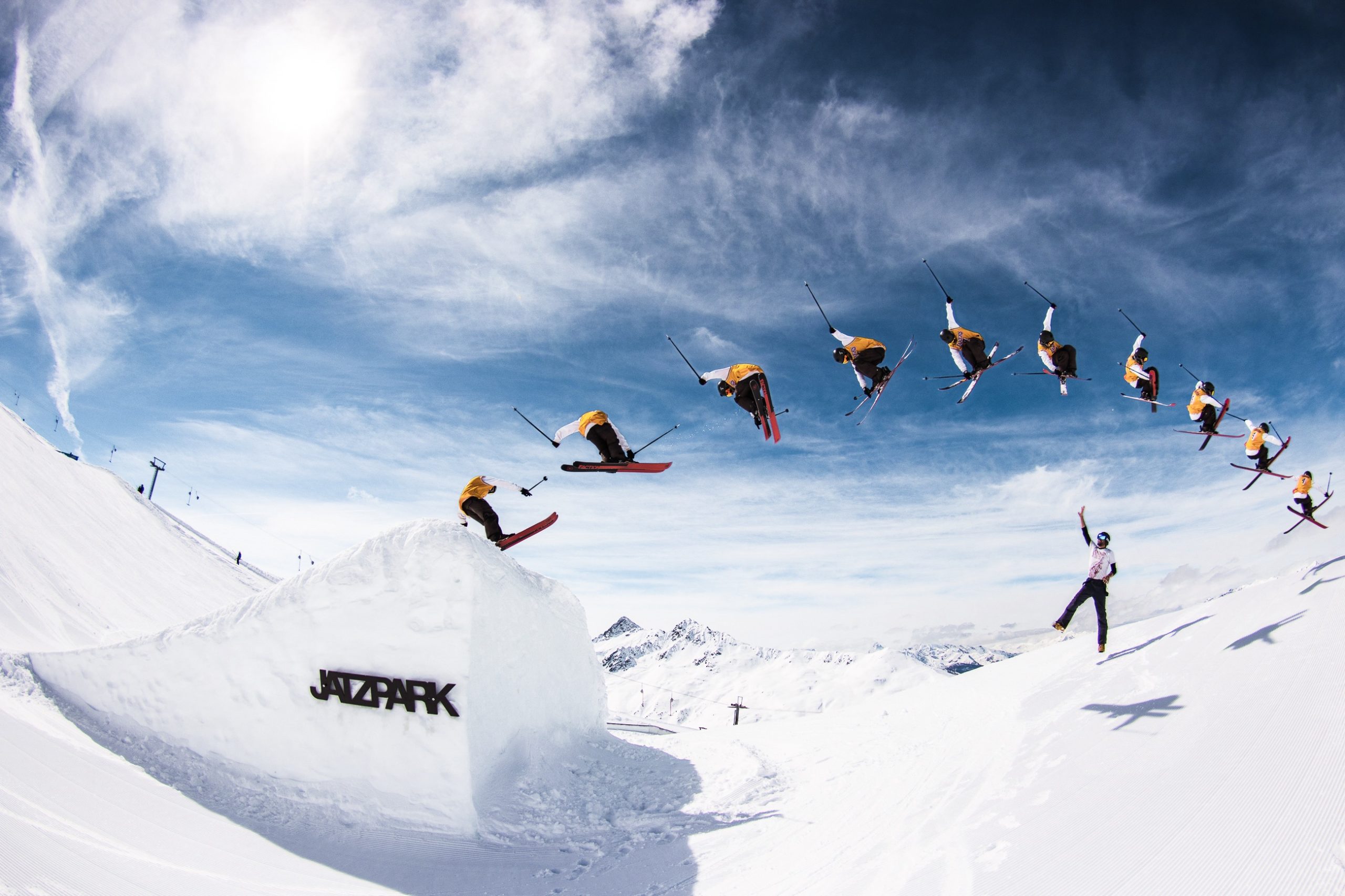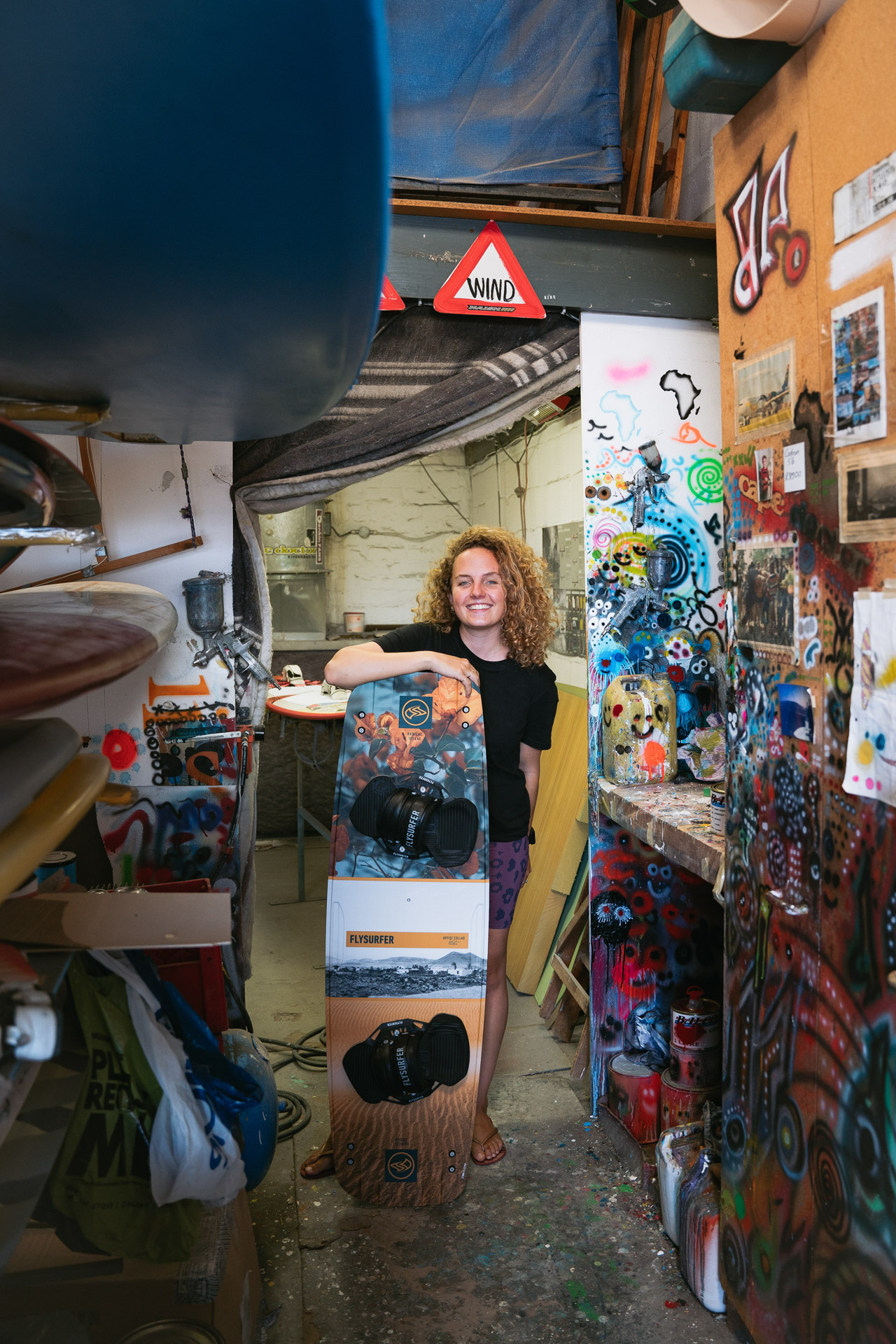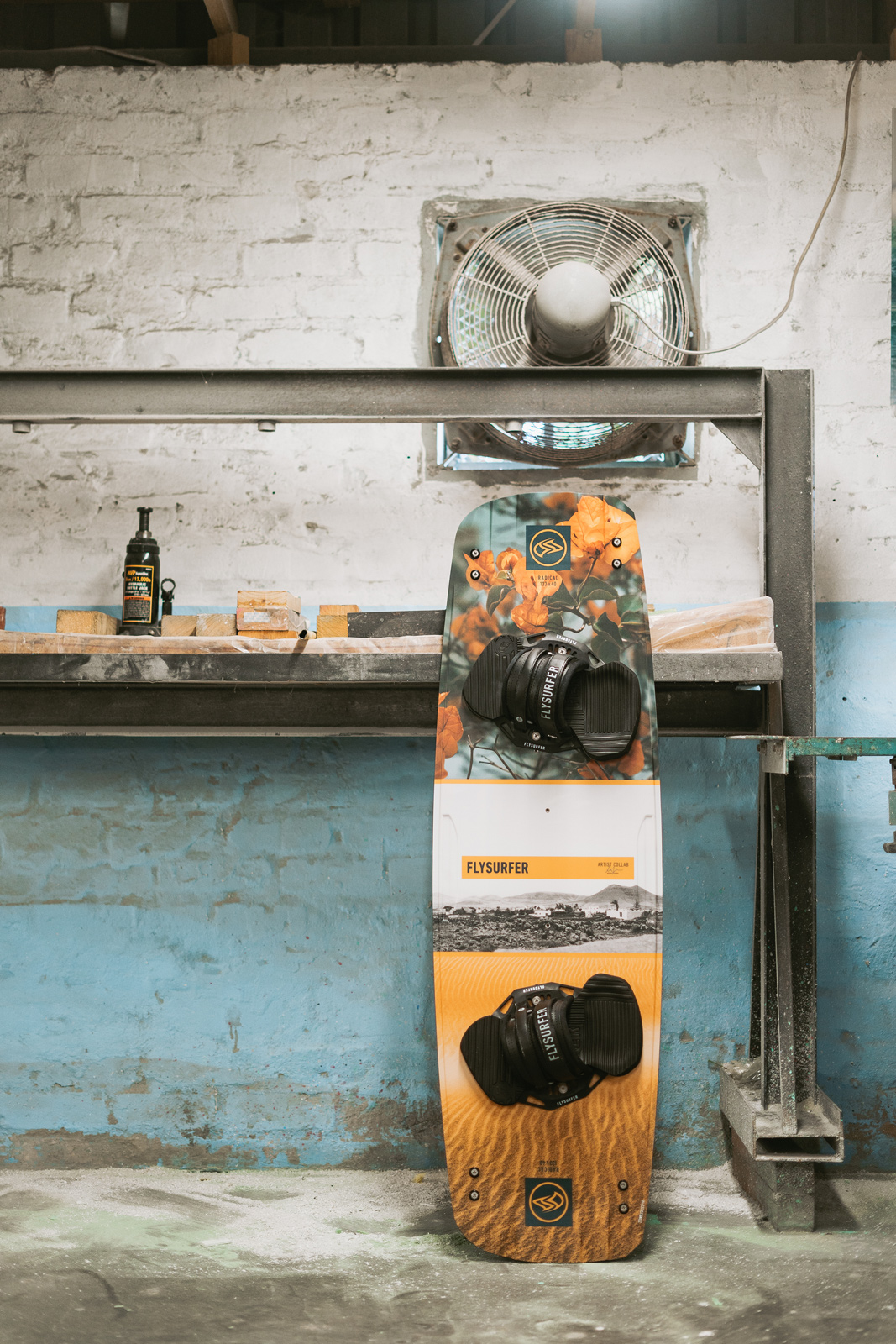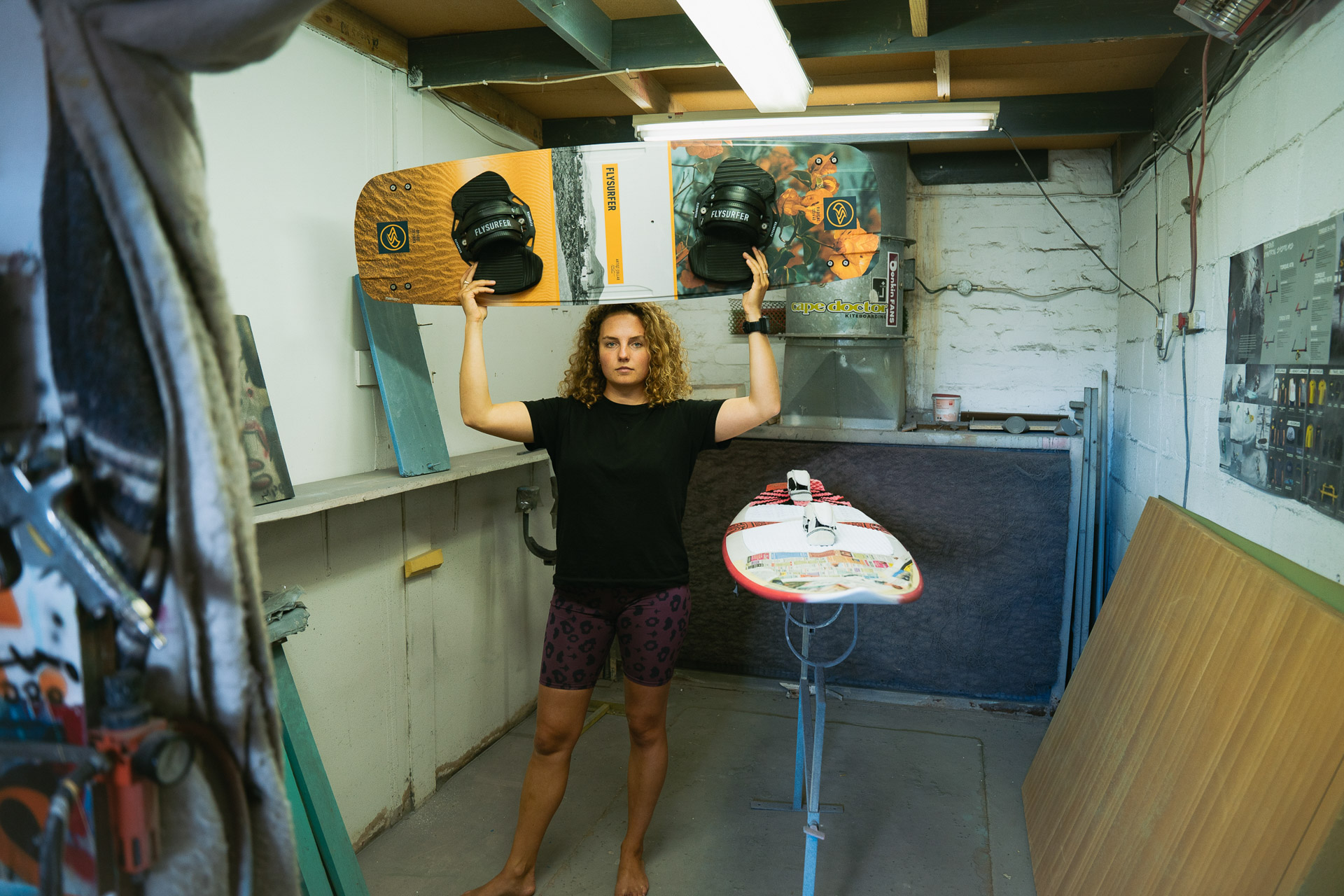The 25-year-old artist from Austria feels at home where waves and wind shape the landscape. In recent years she transitioned from her job as a full-time photography employee to a freelance artist. Miriam took this leap, from job security to freelancing, with confidence. She listened to her inner voice and envisioned the opportunities before deciding to fully venture into the unknown. Two years later, her decision puts a smile on her face. She successfully maneuvered the change, strongly driven by her desire for independence and enrichment. You might think that the timing to redirect one’s life couldn’t be worse than during a pandemic. As such, our conversation will be in on the thoughts of this confident young woman whose ultimate creative goal is to give the subject in front of the camera a voice.
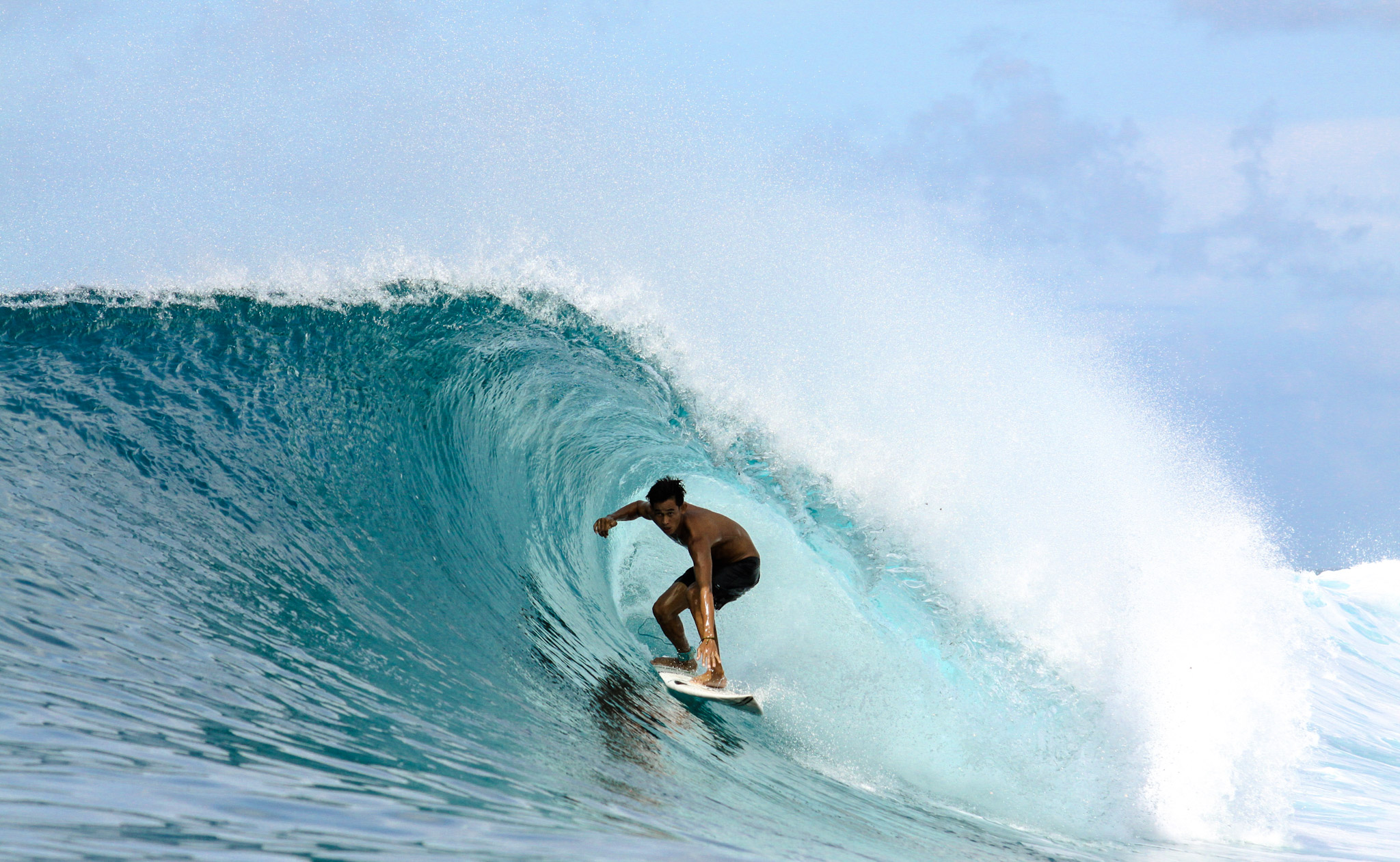
Miriam: I first started as a professional photographer seven years ago. I spent a lot of time in Hawaii and the Swiss mountains, not only doing photography but also financing my way through other side jobs such as waitressing. However, I quickly realized that working in non-creative jobs didn’t enrich me, and those jobs negatively impacted my creative energy. A change in direction had to happen, so I left my various Swiss jobs, none of them creative, and established myself as a freelance photographer in Vienna. What I had realized above all is that my language is art. During the initial pandemic lockdown, I was focused on graphic design and completed a number of online projects. Then, my freelance work fairly quickly took me in the direction of the surfing/kitesurfing scene. My first major production in sports photography took place here (South Africa) with FLYSURFER. After that, everything kept falling into place.
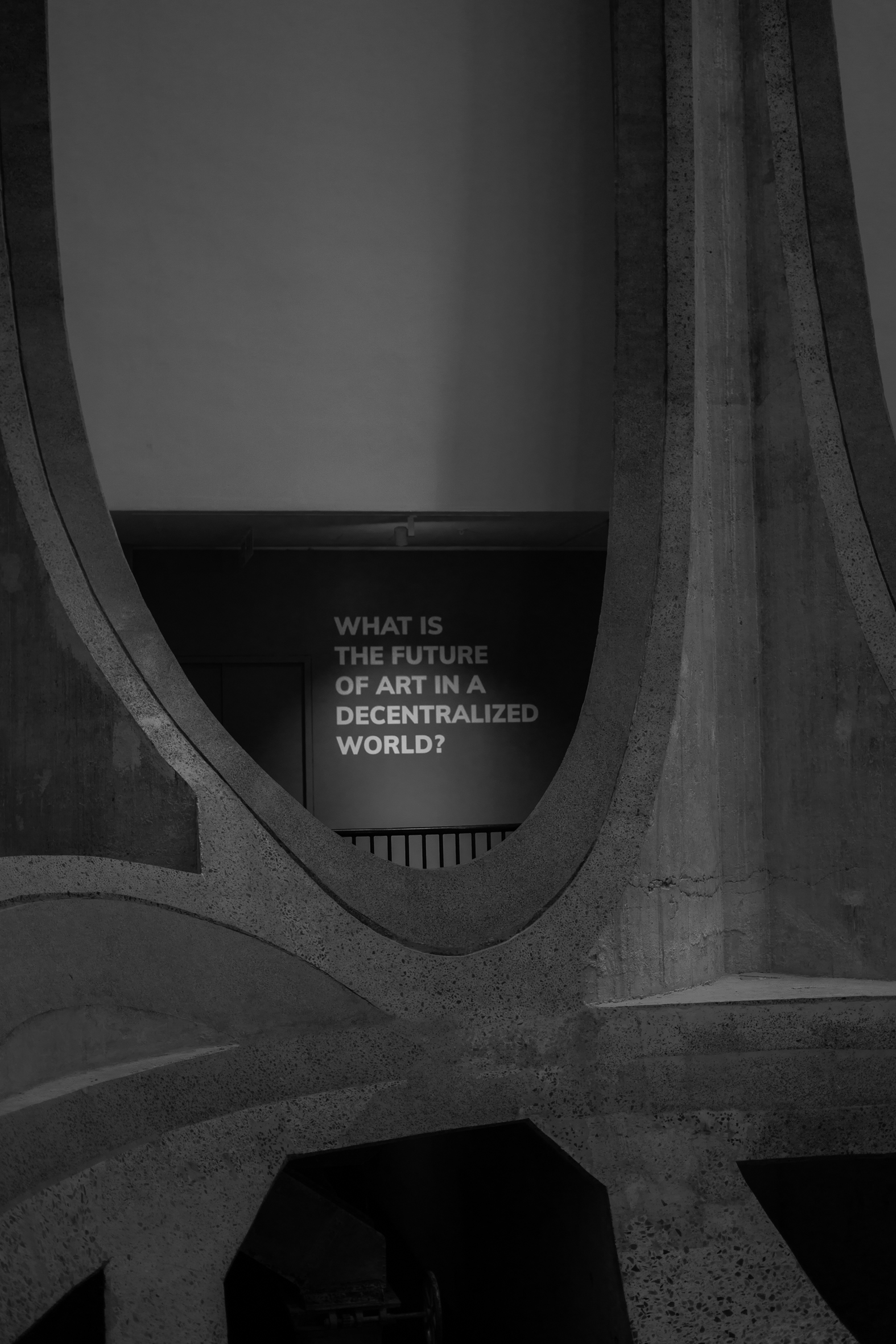
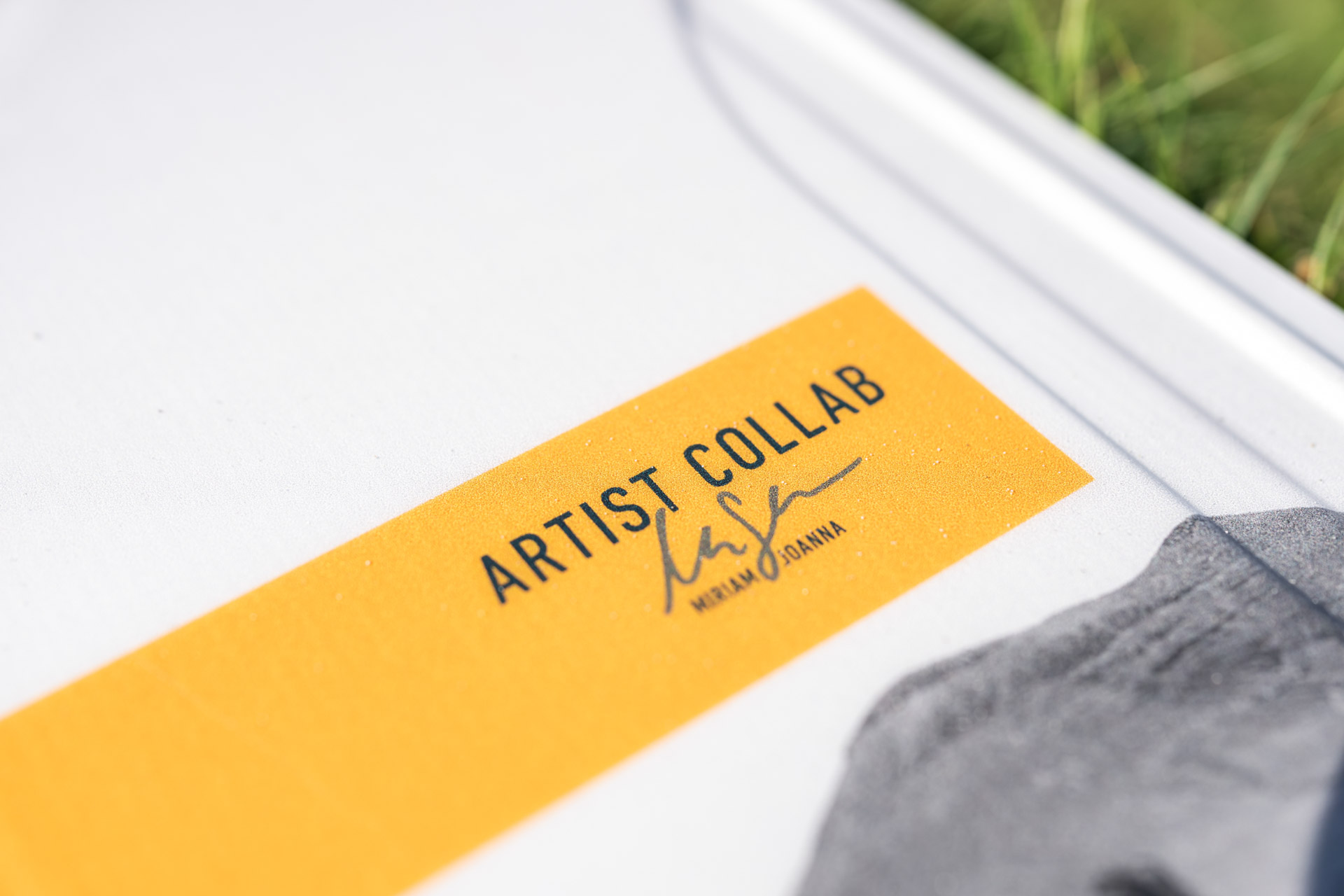
Miriam: While I was working as a professional photographer, I was also doing film edits on a smaller scale. For a long time, I had this strong desire to be a filmmaker. At first, I wasn’t exactly sure how to approach the film project that presented itself with Catta. Then, Catta and I had a good conversation, mostly talking about the fact that women in the surf scene are rarely portrayed purely as athletes, they’re too often objectified as well. So I wanted to show her in her pure athletic element without focusing too much on her gender and body, just as an athlete at her game. It’s tough to deliver top performance every day, and SENSATION shows Catta is not only focused and committed to achieve her best, but also dreamy and thoughtful. The film begins by showing her frustration, and then it progresses to showing her strength and positivity, her strong determination and motivation.
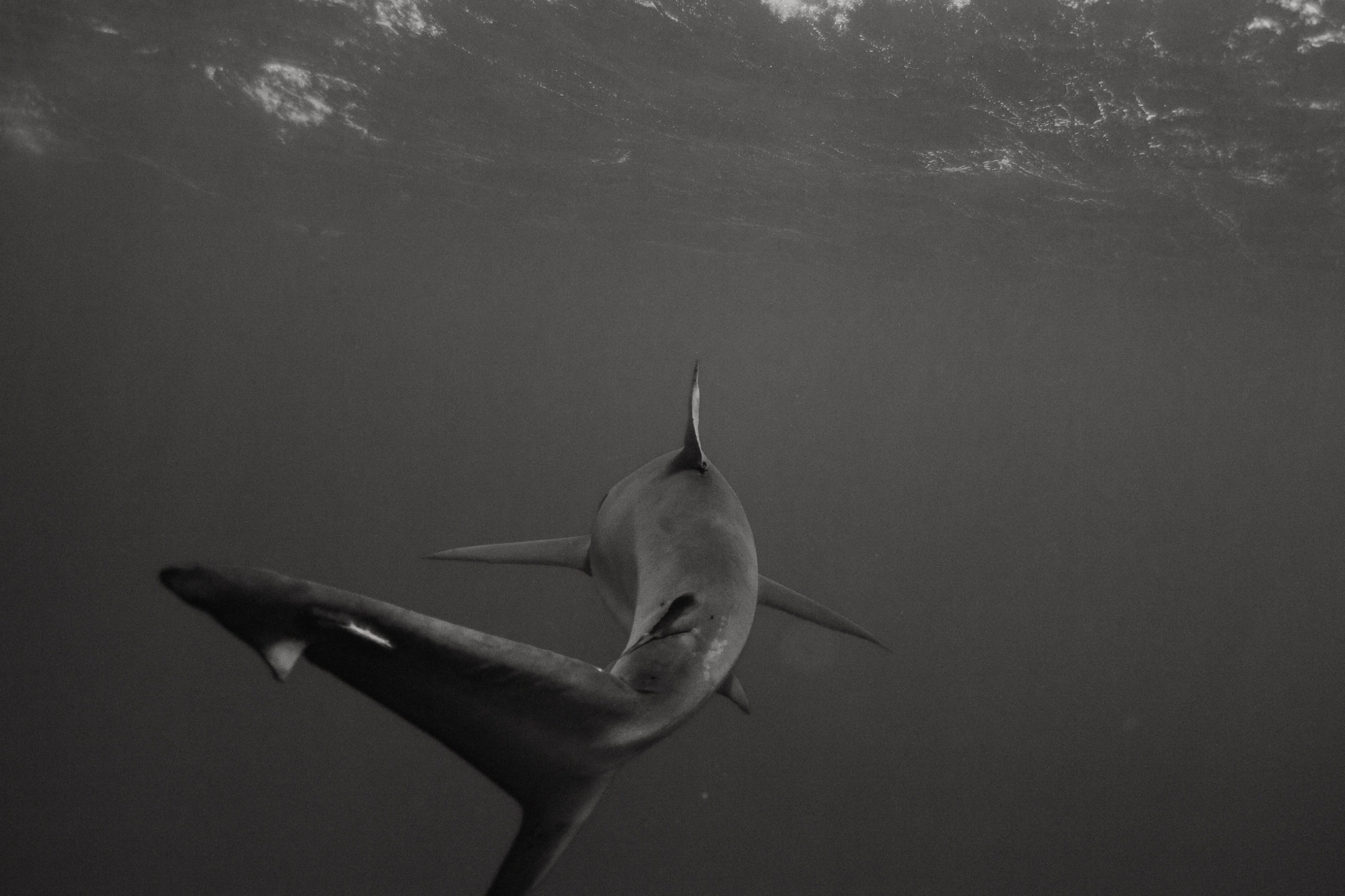

Miriam: That’s true, even if you choose your work because it’s your passion, the pressure can be enormous. I had a clear vision for SENSATION, but I kept sharing my process with other people whilst working on the postproduction. I wanted to know if the message was getting through because it’s important to me to make a difference with my art. At some point, how the film would be received by the viewers stressed me enormously. I was stuck in my own thoughts, picking everything apart in my head, and I couldn’t finish the project. After four months of working through it, I simply lost my creativity.

Miriam: A friend who studied art therapy helped me. She taught me that I cannot influence every viewer’s opinion, I need to focus on simply depicting and satisfying my own interpretation. Catta also supported me in solving the blockage. We met again months after South Africa on Fuerteventura, where some of the pictures for the board were taken. The lifeless desert landscape reflected the emptiness in my head. I distanced myself from social media and only took snapshots during the trip. During the windy days, I was kiting and distanced myself from the online world. As you said, in sports you are in the here and now and there is no room for other thoughts. The turning point came when we went to search for the only oasis on the island. That’s where I found this flower depicted on the RADICAL. It was so alive. After that, I was ready to finish the project.
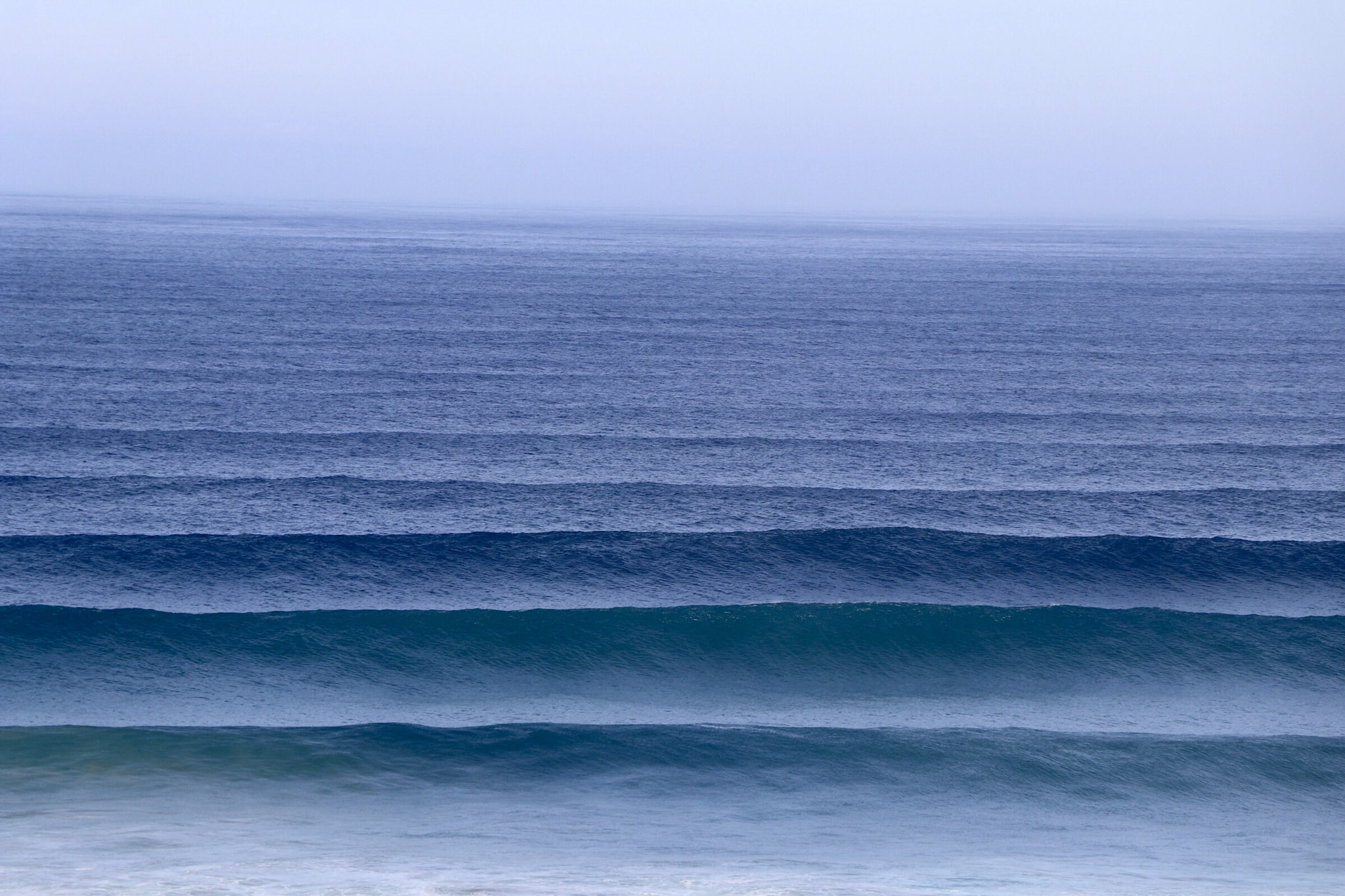
Miriam: I was even in a kind of trance. It was an incredibly beautiful and intense process. The final product was ready three weeks later. My experience truly paralleled SENSATION, we both went through something similar. In the end, the film was very well received. 😊 Yet it did take me a long time to accept the compliments. Two weeks later, because they saw the film, Blue Tomato called me for a project. This motivated me tremendously and gave me the needed boost to continue using my skills/visual language to give others a voice or to convey a message.

